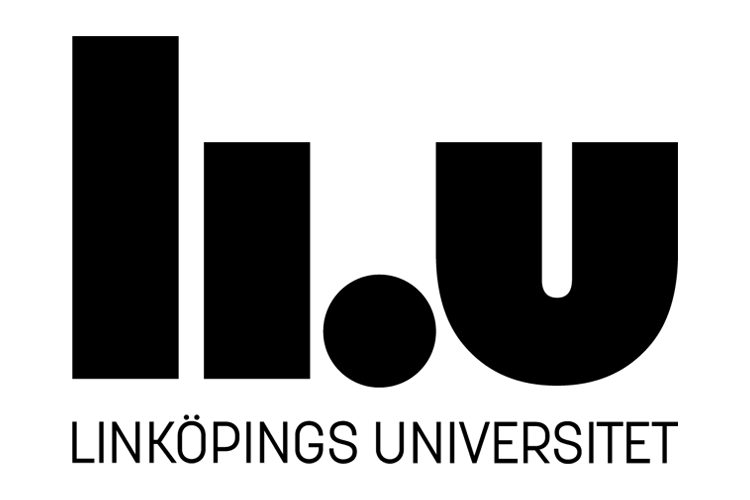Examples of industry research
Read about some of the industry pilot projects, which were funded by Sweden’s Innovation Agency, in order to encourage industrial utilisation of large-scale research infrastructures.

High industry use rates
The Swedish Materials Science beamline is regularly used by industry. Up to a third of open access beamtime projects, have industry researchers as co applicants. Furthermore, Sweden’s Innovation Agency, Vinnova, has had regular calls for industry pilot projects in order to encourage companies to use large-scale research infrastructures in their research and innovation activities. PETRA III was used in a third of the funded pilot projects that used synchrotrons. Companies also pay to use PETRA III, with paid access to the Swedish beamline occuring several times per year.
Examples of Vinnova's industry pilot projects
The following reports from pilot projects illustrate some of the research and innovation possibilities for companies at the Swedish materials science beamline.
Characterisation of hydrogen and strain interactions in the microstructure of duplex stainless steel using x-ray diffraction
Duplex stainless steels have experienced some failures in subsea applications when subjected to cathodic protection. This is due to hydrogen-induced stress cracking, a type of hydrogen embrittlement failure. Since only large components such as forgings have had failures, but not smaller components such as seamless tubes, this has been linked to the coarseness of the microstructure. Understanding the effect of hydrogen on microstructural degradation of advanced stainless steels has however remained challenging.
3D analysis of fatigue cracks in cast irons using in-situ x-ray synchrotron tomography
Trucks and buses from Scania CV AB have several cast iron parts exposed to cyclic loads. These cyclic loads may lead to fatigue damage. A significant factor in damage development for cast iron components is crack propagation and this very often controls the total life of a component. A deeper understanding of the relation between the different microstructural constituents and the propagation of cracks would enhance material development efforts, as well as the ability to design and cast components with improved fatigue properties.
3D analysis of fatigue cracks in cast irons using in-situ x-ray synchrotron tomography (pdf 237 kB)
Stress mapping on ultra-high strength steel (UHSS) cut edges using high-energy X-ray diffraction
During cutting operations in the process route from steel plate to finished product stresses can be introduced that can be detrimental later in the products life. This is especially true in connection with fracture induced by hydrogen embrittlement (HE). A prerequisite for HE is the introduction of residual stresses originating from plastic deformation during the cutting process.
3D investigation of grain orientation induced braze alloy wetting
Braze clad on aluminium sheets enables fast and convenient brazing assembly of complex heat exchangers. A well-known, but poorly understood, application problem is that the braze alloy may penetrate into the bulk of the sheet material, which reduces the corrosion resistance.
3D investigation of grain orientation induced braze alloy wetting (pdf 251 kB)



